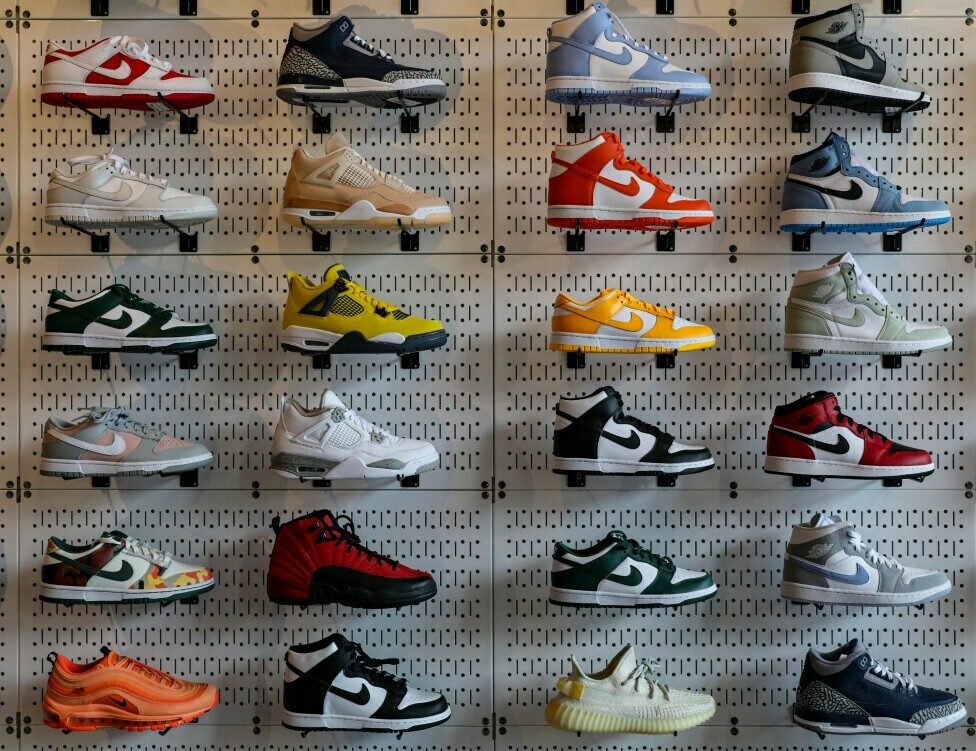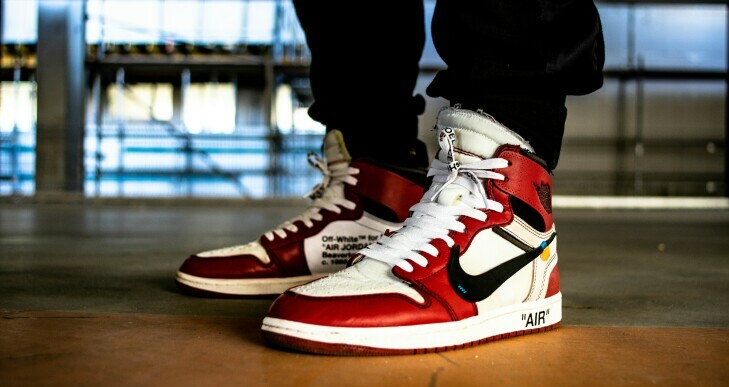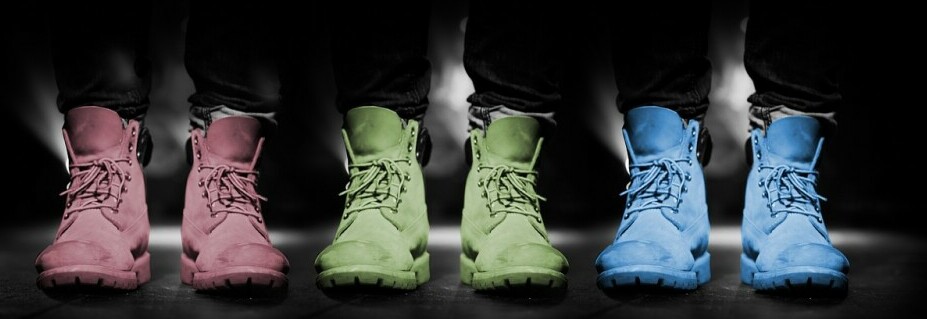Remember when sneaker culture were just about performance? a simple choice of footwear for athletes or anyone needing a comfortable pair of shoes for physical activity. But somewhere along the line, it became more than that; sneakers transformed into cultural icons. This transformation didn’t happen overnight but was a culmination of moments and movements that shifted sneakers from the sports arenas to the streets as symbols of identity and self-expression.
One key moment in this cultural shift was when subcultures, especially the hip-hop community, embraced sneakers, not just for their comfort or athletic capabilities like most of us, but for their style and the statement they could make. Artists and influencers were often spotted in various sneaker brands, which was essentially a non-verbal communication of their presence, values, and place within pop culture.
This change in perception gave birth to a new type of enthusiast. The sneaker collector. For collectors, the value of a sneaker went far beyond its material worth. Some pairs held historical significance, others were rare collector’s items, and many were treasured for their aesthetic appeal. The rarity and the stories behind special releases made collecting a passion and sneaker culture a community.
Today, sneakers are a global phenomenon. Yet it’s important to consider how this all began, and why these once-simple shoes have laced up such a diverse, worldwide following. The answer lies in how sneakers capture a blend of heritage, fashion, innovation, and individuality, something few other items of clothing can claim.
Sneaker Culture’s Global Footprint: A Look at Its Worldwide Spread
Remember when the sneaker trend was not as ubiquitous as it is today? Now, the growth is undeniable, with every corner of the globe sporting its sneaker narrative. The proliferation of sneaker culture across continents didn’t happen overnight. It was a confluence of events and technological advances that gave everyone a stake in this phenomenon.
The impact of celebrities and athletes cannot be overstated. They’ve played a seminal role, in turning sportswear into aspirational wear. When Michael Jordan launched his line of Air Jordans, it didn’t just stay within the confines of the U.S.; it created reverberations across oceans. Air Jordans became more than basketball shoes; they were a status symbol, a collector’s item.
But it wasn’t just about sports heroes. Culturally pivotal events like the merging of skateboarding trends and streetwear propelled sneakers into a broader lifestyle context. Furthermore, movies, music icons, and even video games began featuring sneakers, making them a part of a global conversation.
Social media, in particular, has been a linchpin in sneaker culture’s spread. Platforms like Instagram and Facebook have become showcases for sneaker enthusiasts to flaunt their latest finds, while YouTube is replete with unboxing videos, reviews, and style tips. This global internet community joined sneakerheads from different countries together, creating threads of street style from every populated continent.
Particular sneaker releases have become global events in themselves. The Adidas Yeezy drops, for instance, became worldwide crazes, causing online and in-store frenzies. Collaborations with high-fashion brands like Louis Vuitton and artists like Kanye West or Pharrell Williams bridged the gap between the street and luxury, giving sneakers a versatile appeal.
In essence, sneaker culture has become a global dialect. It’s a language that connects us, with each release and exclusive drop adding new vocabulary. In this dialect, everyone from Tokyo to Toronto speaks the same tongue, albeit with their regional accent.
Distinctive Steps: Unique Sneaker Trends Across the Globe
With every step taken in cities around the world, you can see a unique imprint of sneaker culture. In North America, the blend of comfort and style often prevails, with limited-edition releases and classic retro sneakers dominating the streets. Over in Europe, there’s a pronounced lean towards sleek design and understated elegance, with brands like Common Projects gaining traction alongside sportswear giants.
In Asia, the narrative takes yet another turn. Japan has long been seen as a haven for sneaker enthusiasts, with Tokyo’s fashion-forward districts showcasing an array of exclusive and often avant-garde styles. South Korea’s vibrant youth culture has been pushing boundaries, merging the worlds of K-pop and streetwear to spark dynamic sneaker trends.
These country-specific trends offer a fascinating glimpse into the regional aspects of sneaker culture, revealing how local taste shapes global fashion movements. For instance, in the UK, trainers aren’t just footwear; they’re part of a long-standing heritage tied to music and club scenes. Across the Pacific in China, the sneaker market has exploded, with luxury brands finding fertile ground among the country’s growing middle class.
The power of sneakers as a unifying cultural force is evident in these diverse expressions. Yet, despite regional differences, certain patterns are consistent. Across countries, the allure of exclusivity and the thrill of the hunt for that rare pair keep the heartbeat of sneaker culture thumping.
The Business of Sneakers: Economy and Ethos
The sneaker industry isn’t just a cultural phenomenon; it’s a monumental player in the global economy. Sneaker culture has redefined the concept of ‘footwear’ to encompass a lucrative lifestyle choice, complete with its market dynamics. The evolution of sneakers into collectible commodities has created a billion-dollar resale industry where rarity and hype dictate prices.
The term ‘sneaker flipping’ has entered the lexicon as a reflection of this booming resale market. Entrepreneurs and consumers alike navigate this ecosystem, looking to profit from limited releases and high-demand collaborations. The notion of sneakers as investment pieces has taken hold, influencing buying patterns and creating a new class of ‘sneaker investors’.
But it’s not just about profit. There’s also a growing emphasis on sustainability in sneaker production, as manufacturers face increased pressure to reduce their environmental impact. Brands that commit to eco-friendly materials and ethical production practices are gaining favor with a conscientious public.
Sneaker culture also fosters a sense of community. Events like sneaker conventions and brand-sponsored gatherings serve as cultural hubs where enthusiasts can connect and share their passions. These events often blend commerce, creativity, and culture, reinforcing the community-centric nature of the sneaker world.
The vibrancy of sneaker culture lies in its ability to bring people together, both in physical marketplaces and through online platforms. It combines art, social values, and commerce in a way few other industries can match, and it’s set to continue breaking barriers and setting trends in the years ahead.
Walking into the Future: Innovations and the Evolution of Sneaker Culture
Looking ahead at the horizon of sneaker culture, it’s clear that innovation and forward-thinking designs are speeding toward us. Sneaker manufacturers aren’t just sitting on their laurels; they’re ceaselessly tinkering with new technologies to deliver not just style, but also unprecedented performance and personalization.
The sustainability movement is gaining sure-footed traction within the sneaker world. Recognizing the need for more environmentally friendly practices, brands are exploring materials like recycled plastics, bio-based textiles, and even lab-grown leather. What’s more, consumers are now more informed and conscientious, selecting sneakers that align with their values and the well-being of the planet.
Customization is another arena where we’re seeing some thrilling advancements. The digital age has made it possible for individuals to infuse their shoes with personality, tailoring every inch from color down to stitch. This isn’t merely about fashion; it’s about a personal connection, giving wearers a hand in the creation of their sneakers, endowing them with narratives as unique as their strides.
Looking at consumer trends, the appetite for new sneaker drops remains insatiable. Yet there’s a growing awareness around the culture of consumption, with enthusiasts beginning to advocate for quality over quantity. The community is gravitating towards long-lasting, timeless pieces that offer more than just a transient trend.
Finally, as global events shape our dialogue and interactions, sneaker culture too adapts. Whether it’s through reflecting social movements in design motifs or uniting diverse groups with a common thread, sneakers continue to walk the fine line between fashion statement and social commentary.
In closing, the untrodden paths of sneaker culture are ripe for exploration. As connoisseurs, trailblazers, and casual admirers alike, we hold the laces of the future, able to steer this dynamic realm toward responsible innovation and inclusive expression.






